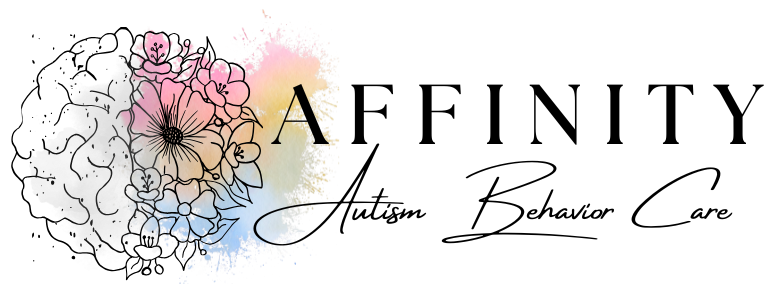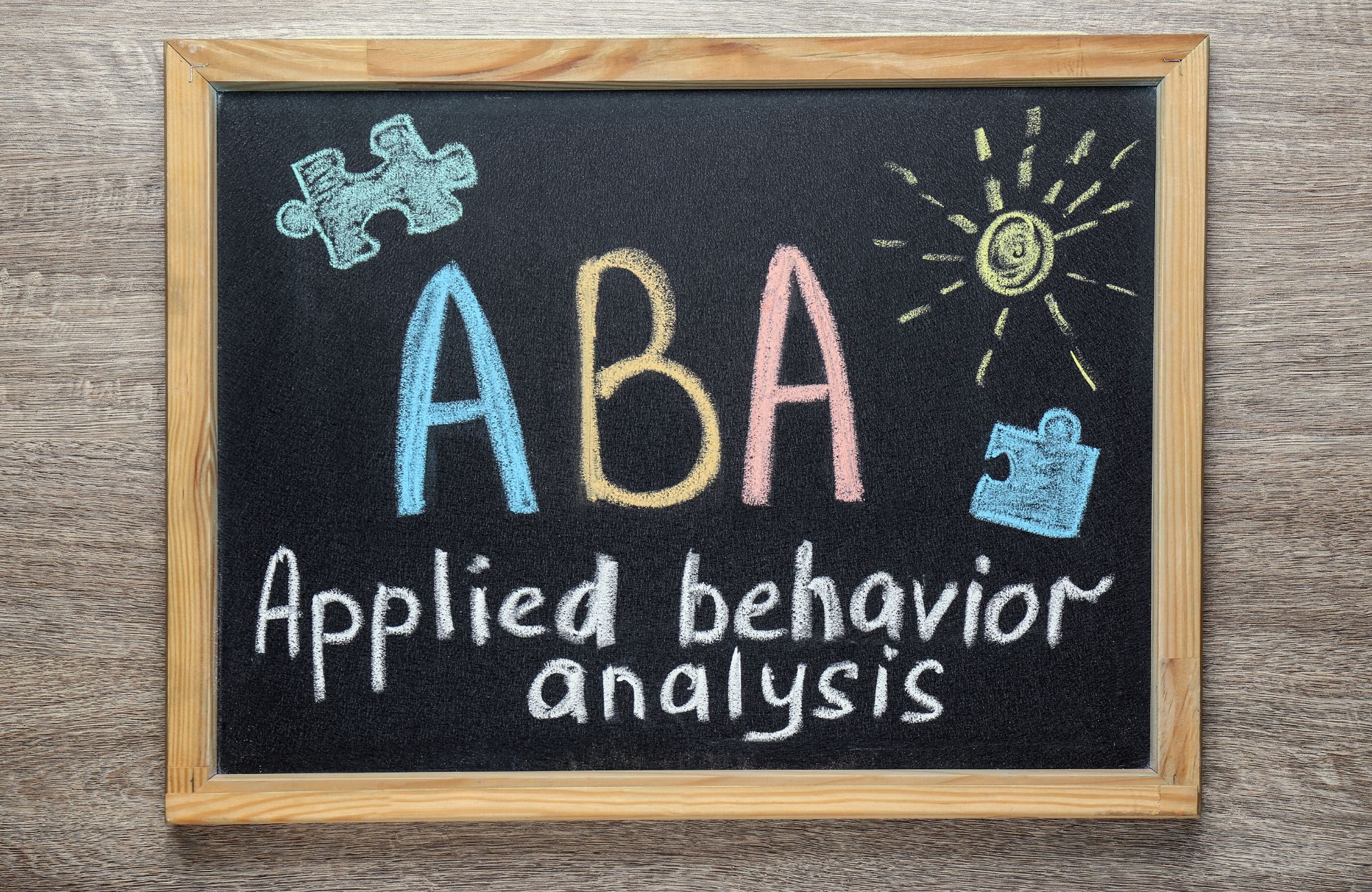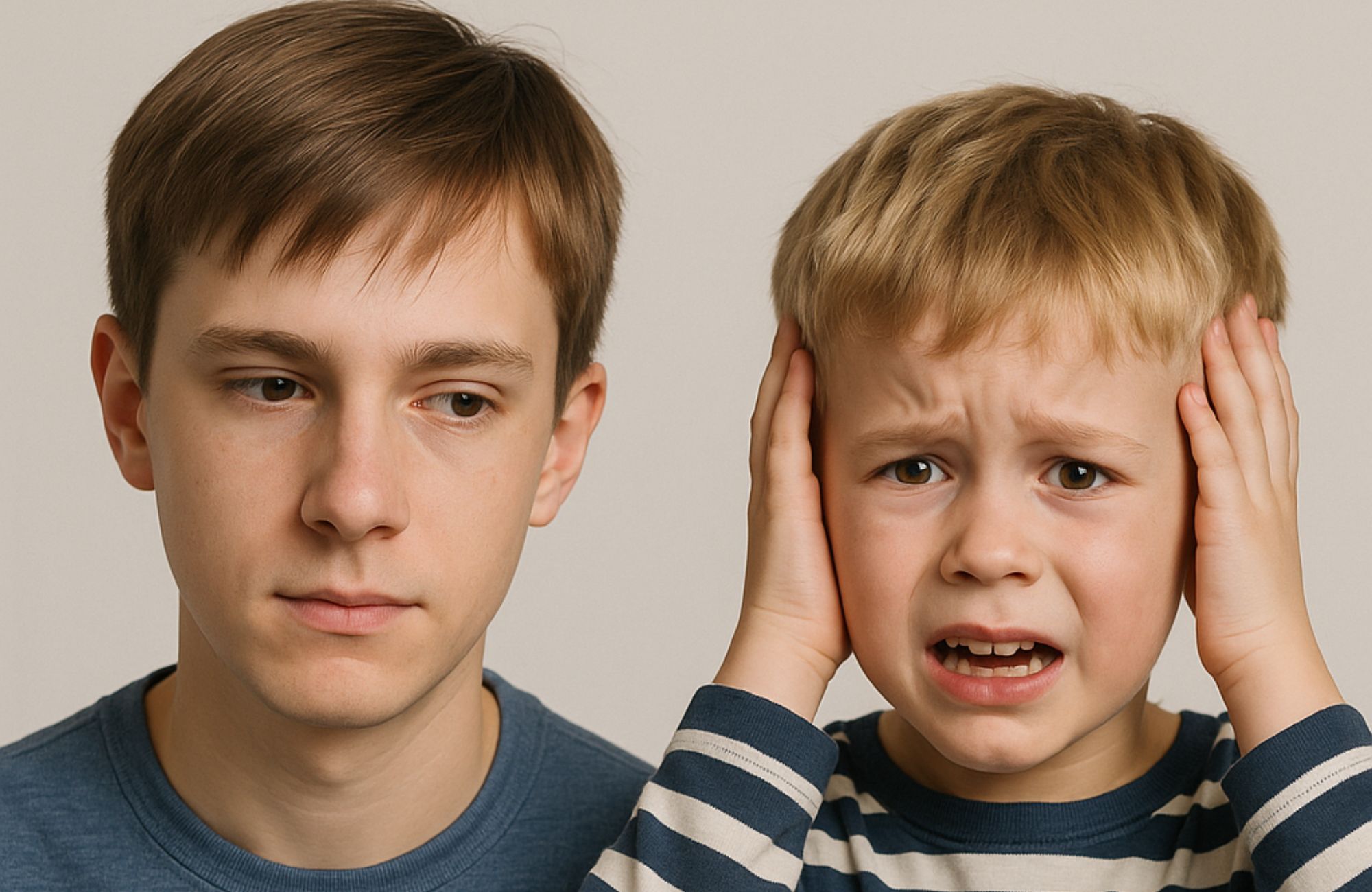Exploring the Different Kinds of Autism: Comprehensive Guide
What is Autism Spectrum Disorder (ASD)?
Autism Spectrum Disorder (ASD) is a complex neurodevelopmental disorder that affects how a person communicates, including their communication skills behaves, and interacts with others. It is referred to as a “spectrum” because symptoms and severity vary widely among individuals. Some autistic people may require very substantial support in daily life, while others may need only minimal guidance to thrive.
According to the Diagnostic and Statistical Manual of Mental Disorders (DSM-5), ASD encompasses a wide range of autism symptoms and behaviors, typically appearing during early childhood. Early diagnosis and intervention are essential, as they can significantly improve outcomes through appropriate educational support and therapeutic strategies tailored to each individual.
Types of Autism Spectrum Disorders
Historically, autism was divided into several distinct diagnostic categories. However, the DSM-5 has unified these under a single umbrella term: Autism Spectrum Disorder. Despite this change in classification, understanding the different kinds of autism previously recognized can help clarify the range of challenges individuals may face and how tailored support can make a difference.
Each type of autism presents with varying symptoms, communication difficulties, and behavioral patterns. Below are the core categories formerly used to describe different autism profiles.
Autistic Disorder (Classic Autism)
Autistic Disorder, sometimes called Classic Autism or infantile autism, represents what many people traditionally think of when they hear “autism.” This is considered the most severe form of ASD.
Children and adults with Classic Autism often display significant impairments in verbal and nonverbal communication, along with repetitive behaviors and difficulties with social interaction. They may have limited interests, engage in repetitive movements like hand-flapping, and experience sensory sensitivities.
This form of autism typically requires substantial or very substantial support. Behavioral therapy, structured educational environments, and interventions like applied behavior analysis (ABA) are often recommended to improve communication and social skills.
Asperger’s Syndrome
Asperger’s Syndrome was previously recognized as a milder form of autism. While individuals with Asperger’s share many traits with those who have Classic Autism, they typically have average or above-average intelligence and no significant delays in language development.
People with Asperger’s may struggle with understanding social cues, maintaining eye contact, and developing age-appropriate relationships. They might have focused interests or routines and may be prone to sensory sensitivities. However, their vocabulary and grammar skills, as well as their social and communication skills, are usually intact.
Many individuals with Asperger’s can function independently with minimal support. Social skills training, occupational therapy, and behavioral coaching can be effective strategies for enhancing their quality of life.
Pervasive Developmental Disorder – Not Otherwise Specified (PDD-NOS)
PDD-NOS was a catch-all diagnosis for a disorder not otherwise specified, used for individuals who exhibited some, but not all, characteristics of Classic Autism or Asperger’s Syndrome. It often applied to those with fewer or milder symptoms, making it one of the more common diagnoses on the spectrum before the DSM-5 update.
Symptoms typically include communication challenges, social difficulties, and behavioral issues, but they might not meet the full diagnostic criteria for other ASD categories. This category helped recognize atypical autism presentations that still required clinical attention and support.
Treatment for PDD-NOS, along with other developmental disorders, usually involves speech therapy, behavioral therapy, and educational support tailored to the child’s developmental needs.
Childhood Disintegrative Disorder (CDD)
Childhood Disintegrative Disorder is a rare neurodevelopmental disorder that affects children who initially appear to develop normally. Typically between ages 2 and 4, children with CDD begin to lose previously acquired skills such as language, motor skills, and social communication.
This condition is extremely rare and poorly understood. It is considered the most severe form of autism spectrum disorder due to the significant regression that occurs after a period of normal development. The cause of CDD remains unknown, though it is classified under ASD in the DSM-5.
Because of the profound nature of the regression, children with CDD require intensive therapies and long-term support. Applied behavior analysis, speech and occupational therapy, and structured environments are often critical for managing symptoms.
Autism Spectrum Disorder (ASD) Diagnosis
Diagnosing ASD involves a comprehensive evaluation that considers a range of developmental, cognitive, and behavioral factors. The process typically includes clinical interviews, behavioral observations, and standardized testing.
Symptoms often emerge during the early developmental period, though they may become more noticeable over time. Healthcare professionals use the DSM-5 to classify based on severity and the level of support required:
- Level 1 (requiring support)
- Level 2 (requiring substantial support)
- Level 3 (requiring very substantial support)
Diagnostic tools may include the Autism Diagnostic Observation Schedule (ADOS), developmental questionnaires, and input from teachers and caregivers. Early diagnosis can lead to earlier intervention, which is often associated with more positive outcomes.
Treatment Approaches for Autism Spectrum Disorders
While there is no cure for ASD, early and individualized interventions following an autism diagnosis can significantly improve quality of life. Treatment plans are designed based on the person’s unique strengths, challenges, and level of need.
A multidisciplinary approach is often used, incorporating services such as:
- Applied Behavior Analysis (ABA): A widely-used therapy that focuses on improving social, communication, and learning skills.
- Speech Therapy: Helps improve verbal and alternative communication strategies.
- Occupational Therapy: Aims to enhance fine motor skills and daily living abilities.
- Social Skills Training: Assists individuals in navigating social interactions and building relationships.
Educational support and parent training are also important elements of an effective treatment plan.
Characteristics of Autistic People
Autistic individuals possess a diverse array of strengths and challenges. While many may struggle with social interaction or communication, they often exhibit exceptional skills in areas like pattern recognition, memory, logic, or creativity.
Some autistic people have deep, focused interests and a high attention to detail, especially in subjects like math, music, or technology. Others may show strong empathy or an ability to think outside conventional frameworks.
Understanding that autism affects individuals differently, including their challenging behaviors, is key to providing appropriate support. Recognizing and celebrating these strengths can help create environments that foster growth, independence, and self-confidence.
Causes and Risk Factors of Autism Spectrum Disorder
The exact cause of autism remains unknown, but researchers believe it stems from a combination of genetic and environmental influences. Twin studies and family history suggest a strong genetic component, while other factors may include:
- Genetic mutations
- Prenatal complications or infections
- Advanced parental age
- Exposure to environmental toxins
Certain rare genetic disorders, such as Rett Syndrome or Fragile X Syndrome, have also been associated with ASD. However, no single factor has been identified as the definitive cause of autism.
The Centers for Disease Control and Prevention (CDC) continues to fund research to better understand the biological mechanisms behind autism and improve diagnostic and treatment options.
Living with Autism Spectrum Disorder
Living with it involves understanding the unique needs of the individual and creating a supportive environment that emphasizes growth and independence. It is not a disease to be “cured” but a different way of experiencing and interacting with the world.
With appropriate support, including early intervention, educational planning, and ongoing therapy, many autistic individuals can lead fulfilling, independent lives. Building on their strengths, rather than focusing solely on deficits, is central to success.
Support systems may involve family, educators, therapists, and community organizations that work together to provide the resources needed throughout a person’s lifespan.
Conclusion
Autism Spectrum Disorder is a diverse and multifaceted condition that affects individuals in many different ways. By understanding the different kinds of autism, which are defined within the diagnostic criteria from Classic Autism to Asperger’s Syndrome and beyond, we can foster greater empathy, provide tailored support, and promote positive outcomes. Early diagnosis, inclusive practices, and strength-based interventions remain critical tools in ensuring that every autistic person has the opportunity to thrive.
At Affinity ABC, we believe every autistic individual deserves personalized support that respects their unique strengths and needs. Our team provides compassionate, evidence-based ABA therapy designed to help individuals at every point on the spectrum develop meaningful communication, social, and life skills. Whether you’re navigating a new diagnosis or seeking ongoing support, we’re here to walk with you every step of the way. Contact us today to learn how we can help your child thrive.
FAQs
What are the 5 different types of autism?
The five commonly referenced types of autism before the DSM-5 update were Autistic Disorder (Classic Autism), Asperger’s Syndrome, PDD-NOS, Childhood Disintegrative Disorder, and Rett Syndrome. These have now been integrated into the broader category of Autism Spectrum Disorder (ASD), though understanding these categories still helps contextualize the range of experiences within the spectrum.
What are the 7 types of autism?
Some sources expand the list to include subtypes like High-Functioning Autism or broader categorizations based on support needs. The seven often referenced types include Classic Autism, Asperger’s, PDD-NOS, Childhood Disintegrative Disorder, Rett Syndrome, High-Functioning Autism, and Severe Autism. While not all are recognized in current diagnostic manuals, they reflect the variability within ASD.
Can a child with autism be normal?
Autistic children are normal, they simply experience the world differently. While they may have challenges with social communication or sensory processing, many autistic children thrive with the right support. It’s important to focus on their strengths and provide tailored interventions that foster growth and independence.
How does a child with autism behave?
Children with autism may display a range of behaviors, including difficulties with eye contact, repetitive movements, strong attachment to routines, or delayed language development. Some may have sensory sensitivities or struggle with social interaction. However, every child is different, and behaviors can vary significantly across the spectrum.









